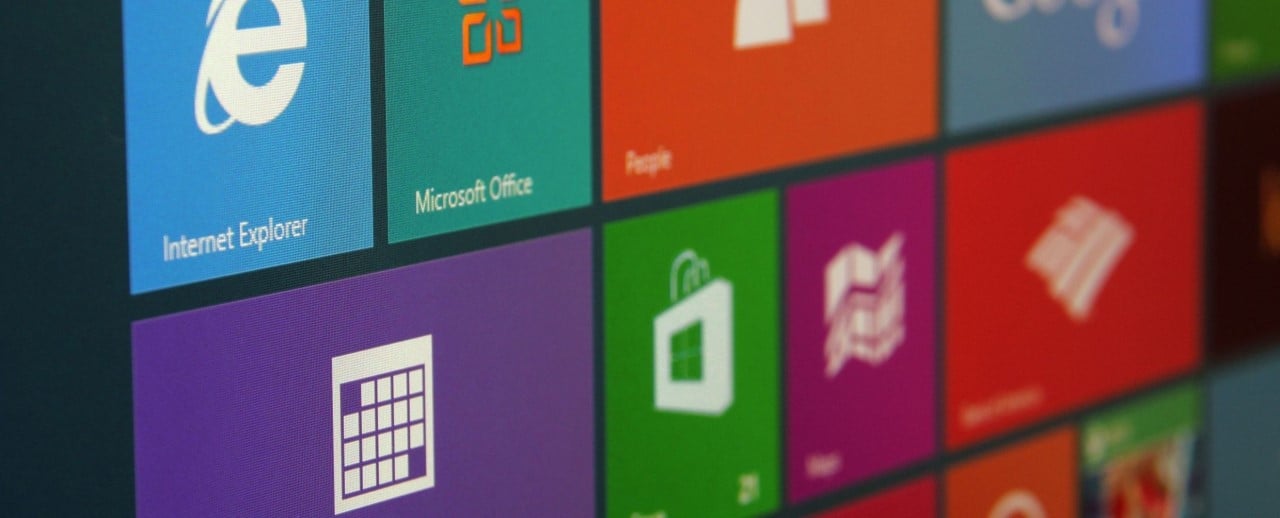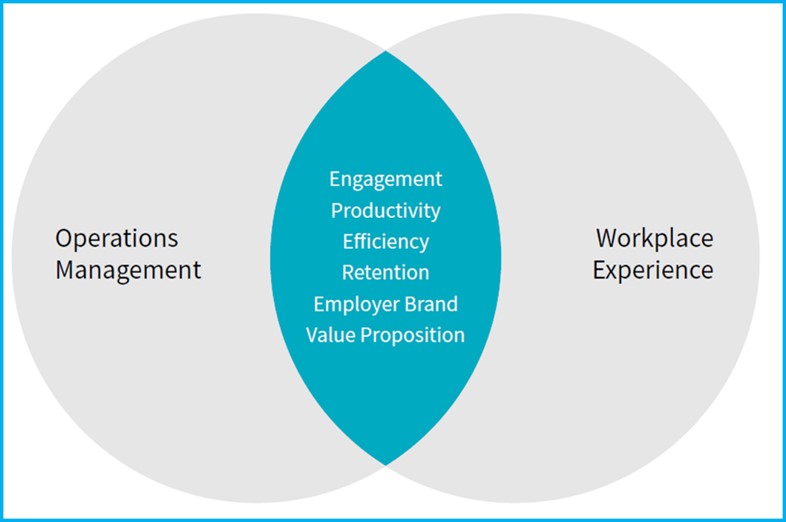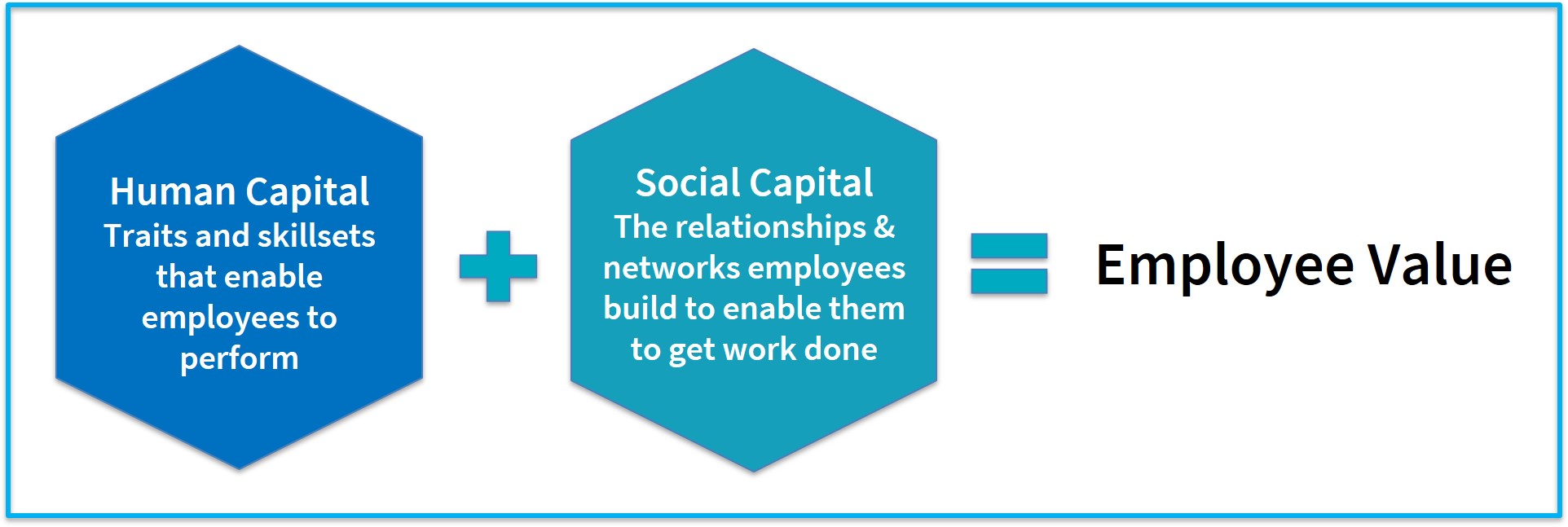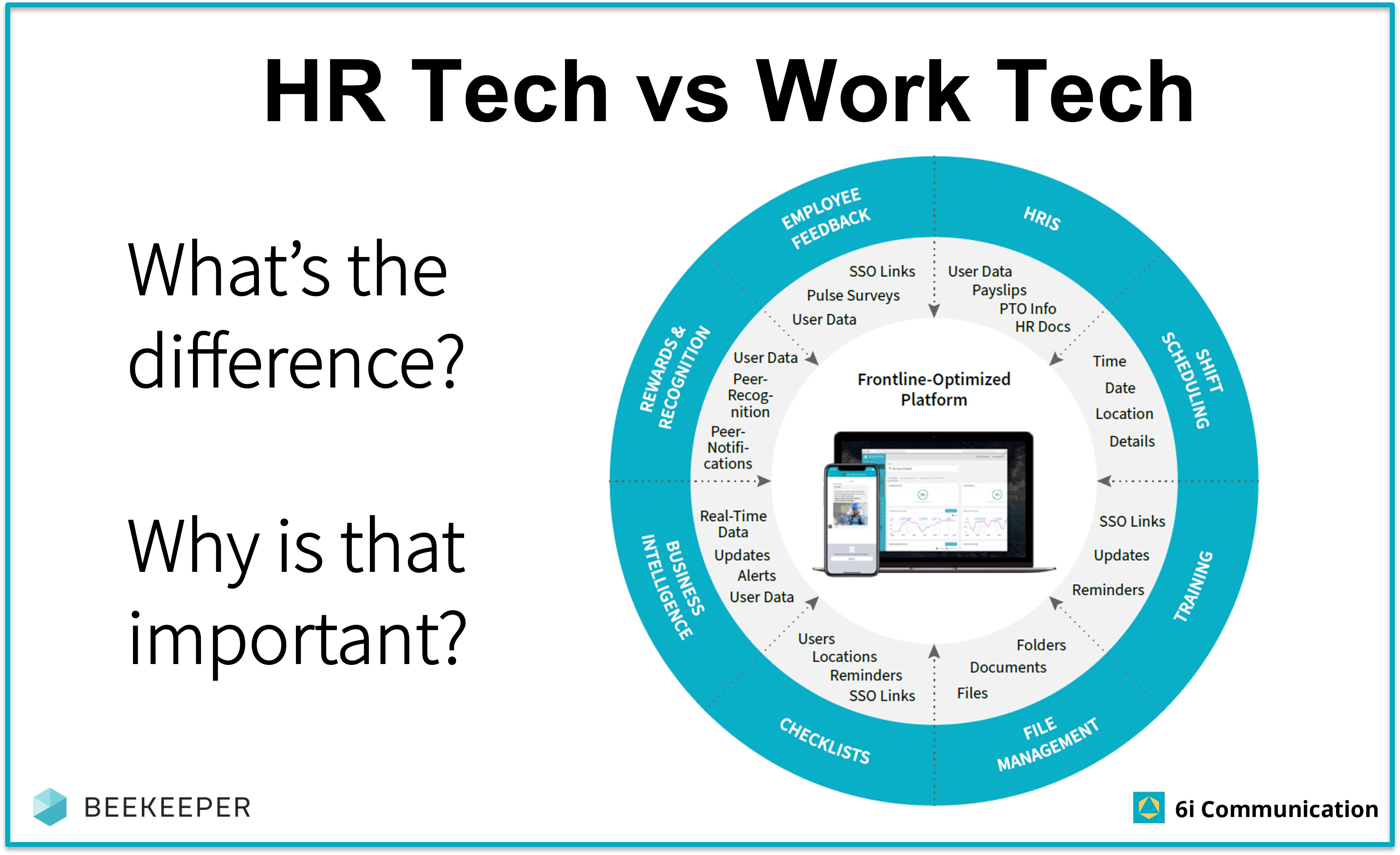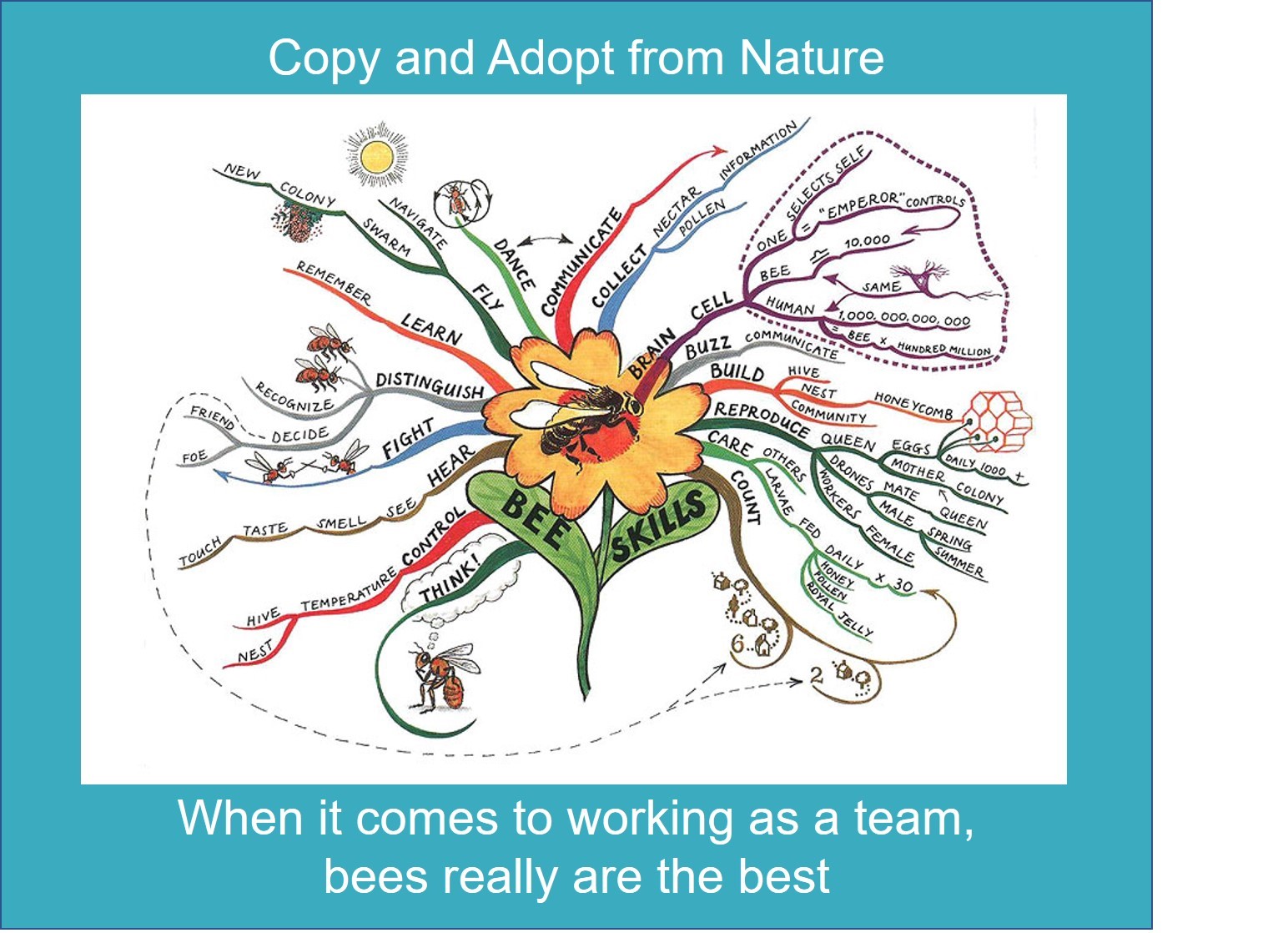Microsoft is the 800-pound gorilla when it comes to building software for desk workers. If you’re looking for a way to bring all your workplace tools together and create cool workflow automations to make your team’s day-to-day life easier, then understanding how to integrate Microsoft with other workplace tools is a must.
.
Andy G. Schmidt
Recent Posts
3 Must-Have Microsoft Integrations to Help You Work Smarter
Topics: Internal Communications, Employee Experience, Operational Efficiency
Connecting people in the workplace and helping teams work together more efficiently is at the core of our mission. When Beekeeper first set out seven years ago, we were determined to digitalize traditional top-down communication channels.
We wanted to make information easily accessible to everyone, regardless of their location. In many cases, Beekeeper also enabled employees to give direct feedback to company management for the very first time.
Over time, it became clear that top-down communication channels like bulletin boards and newsletters are only the tip of the communication pyramid. For operational communication that’s truly transformative, information must also flow from the bottom-up, across departments, between functions, and diagonally into different teams.
Topics: Internal Communications, Employee Experience, Best Practice, Operational Efficiency
The Enterprise Social Room to complement operational communications
How are you coping during this period?
What are you discovering about yourself and each other that you could not see before?
What have you lost during this time but are not missing?
These questions and others trigger new conversations and collaborations between many members of the group.
𝗢𝗰𝗰𝗮𝘀𝗶𝗼𝗻𝗮𝗹 𝘄𝗼𝗿𝗸𝗽𝗹𝗮𝗰𝗲 𝘀𝘂𝗿𝘃𝗲𝘆𝘀 𝗮𝗿𝗲 𝗱𝗲𝗮𝗱 𝗶𝗻 𝘁𝗵𝗲 𝘄𝗮𝘁𝗲𝗿. 𝗚𝗼𝗼𝗱𝗯𝘆𝗲 𝘀𝘂𝗿𝘃𝗲𝘆𝘀, 𝗵𝗲𝗹𝗹𝗼 𝗰𝗼𝗻𝘃𝗲𝗿𝘀𝗮𝘁𝗶𝗼𝗻𝘀.
We were conditioned by experts that we need non-authentic, anonymous, low-trust workplace surveys to tell us what we should talk about.
And whilst we were in the building, we didn’t buy it but we went along with it, right?
But no longer! Long and static employee surveys are dead, replaced by authentic conversations between people who choose the topics, not the survey authors.
In the Enterprise Social Room, we began this extraordinary conversation and re-imagining a future where conversations across physical locations and hierarchies became part of the ‘new normal’.
Topics: Internal Communications, Employee Experience, Best Practice, Operational Efficiency
HR Tech vs. Work Tech - What's the difference?
The success of any new technology implementation depends on two key factors:
1) 𝙋𝙚𝙤𝙥𝙡𝙚 𝙪𝙨𝙚 𝙞𝙩.
2) 𝙏𝙝𝙚𝙮 𝙛𝙞𝙣𝙙 𝙫𝙖𝙡𝙪𝙚 𝙞𝙣 𝙪𝙨𝙞𝙣𝙜 𝙞𝙩, 𝙨𝙤 𝙩𝙝𝙚𝙮 𝙘𝙤𝙣𝙩𝙞𝙣𝙪𝙚 𝙩𝙤 𝙪𝙨𝙚 𝙞𝙩.
A new platform or tool may seem like it’s going to transform the business, but it’s important to take a step back and consider how your end-users feel.
If there’s a hidden barrier within an organization that makes it difficult for people to use technology seamlessly, then they probably won’t use it.
Employees get so wrapped up in their day-to-day activities that finding the time to use HR Tech can sometimes feel like another task. However, when a frontline worker knows there is something essential to be found on their mobile collaboration platform that will support them, they will use it every single day.
The challenge with HR Tech is that it’s mainly focused on HR, not the employees. HR Tech gets the job done for the people in the HR-silo.
But what about the clients of HR – the people?
Topics: Employee Experience, Operational Efficiency, Use-Case
Leading from the Frontlines: How to Create a Digital Workplace That’s Still Human
Frontline. noun “The most advanced, responsible, or visible position in a field or activity.”
That definition is an accurate description of your company’s most influential people: frontline employees. They’re on the ground, leading the charge, and have the most interaction with your customers.
How many percent of your frontline workers are receiving corporate communication directly and in an instant?
Typically, this mobile workforce is often left unattended and, as a result, is left feeling disconnected from the company. Only 13% of them are engaged at work. As a result, they’re more likely to leave for another company with a more inclusive approach and a digital workplace.
It’s important to understand why frontline employees need to be included in your business strategies.
Topics: Retail, Hospitality, Logistics, F&B, Internal Communications, Employee Experience, Best Practice
How to reach more of your staff within 5 minutes
For most majority frontline organizations, less than 20% of staff are reachable within 5 minutes.
In our digital world, why is that even still an issue?
Topics: Employee Experience, Operational Efficiency
Why the Whole is Smarter than its Parts or the Beekeeper's Edge
Bees aren’t smart, bee colonies are. No single bee knows how to build a hive, protect the queen, and produce honey. But collectively, they still make it happen, which is quite impressive.
Here is how they do it:
Topics: Internal Communications, Best Practice
Topics: Internal Communications, Best Practice, Operational Efficiency
The Importance of Transparency for a Healthy Company Culture
Companies have changed the way they do business.
A rigid hierarchy that restricted the flow of information and negatively impacted employee communications used to be the norm. Communication between employees and their supervisors was often limited, and organizational transparency was practically nonexistent.
Topics: Hospitality, Video, Internal Communications, Employee Experience, Best Practice, Use-Case
Editor’s note: We’re glad to co-author this article with James Chia CEO of Arclab. Their SaaS platform helps frontline teams reach their full potential with Nano Learning that's delivered through customized, just-in-time, bite-sized, mobile learning modules.



